Mercedes brings back the 1930s with its Vision Iconic concept car
With its large EQS and EQE electric sedans, Mercedes deliberately sought to differentiate itself from the S-Class and E-Class on the road to an electric future, largely abandoning its design DNA in the name of aerodynamics and space optimisation. The response was swift, with regular customers rejecting the two rather bland-looking models, including their SUV offshoots. At the same time, the look was not appealing enough to attract enough new customers.
Mercedes is aware of this mistake and has already adjusted its design strategy. The electric models are once again incorporating more design elements from the brand’s history. The best example is the new GLC with EQ technology, which sees the return of the classic upright Mercedes grille – in a modernised form and with trendy lighting elements. Mercedes will take a similar approach with the next E-Class and S-Class, plus their electric offshoots.
Mercedes is working on a solar paint finish
With the Vision Iconic concept car, the design department led by long-standing chief designer Gorden Wagener is showing what we can expect from the next edition of the brand’s flagship model – not only in terms of its exterior, but also when it comes to its inner values. One of the technical highlights affects both areas – the deep black solar paint, which covers an area of eleven square metres, roughly equivalent to a mid-range SUV, is designed to generate enough electricity for up to 12,000 kilometres per year.
The actual yield naturally depends on the geographical location and the weather. The figure mentioned above refers to Stuttgart. If the car were to be driven and parked in Los Angeles, it could even cover up to 20,000 kilometres. The efficiency is a comparatively high 20 per cent. Obviously, the car is not covered with solar panels, but with a wafer-thin, solar-active layer that is barely visible.
Outlook for ‘steer-by-wire’ at Mercedes
The Vision Iconic is designed to master highly automated driving at Level 4. This requires high computing power. In order to keep energy consumption within limits, Mercedes-Benz has teamed up with other companies and research institutions to develop new computer architectures. In the concept car, the carmaker is relying on so-called ‘neuromorphic computing,’ which is based on the functioning of the brain. This approach is expected to not only reduce power consumption by up to 90 per cent compared to today’s systems, but also increase response speed.
Mercedes is following in the footsteps of the Tesla Cybertruck and Nio ET9 and will bring steer-by-wire technology into series production in 2026. The manufacturer is completely dispensing with a steering column, which means there is no longer any mechanical connection between the steering wheel and the wheels. Their position is now controlled purely electronically. In the Vision Iconic, Mercedes has combined this technology with rear-wheel steering and shown that this also allows the cockpit to be redesigned.
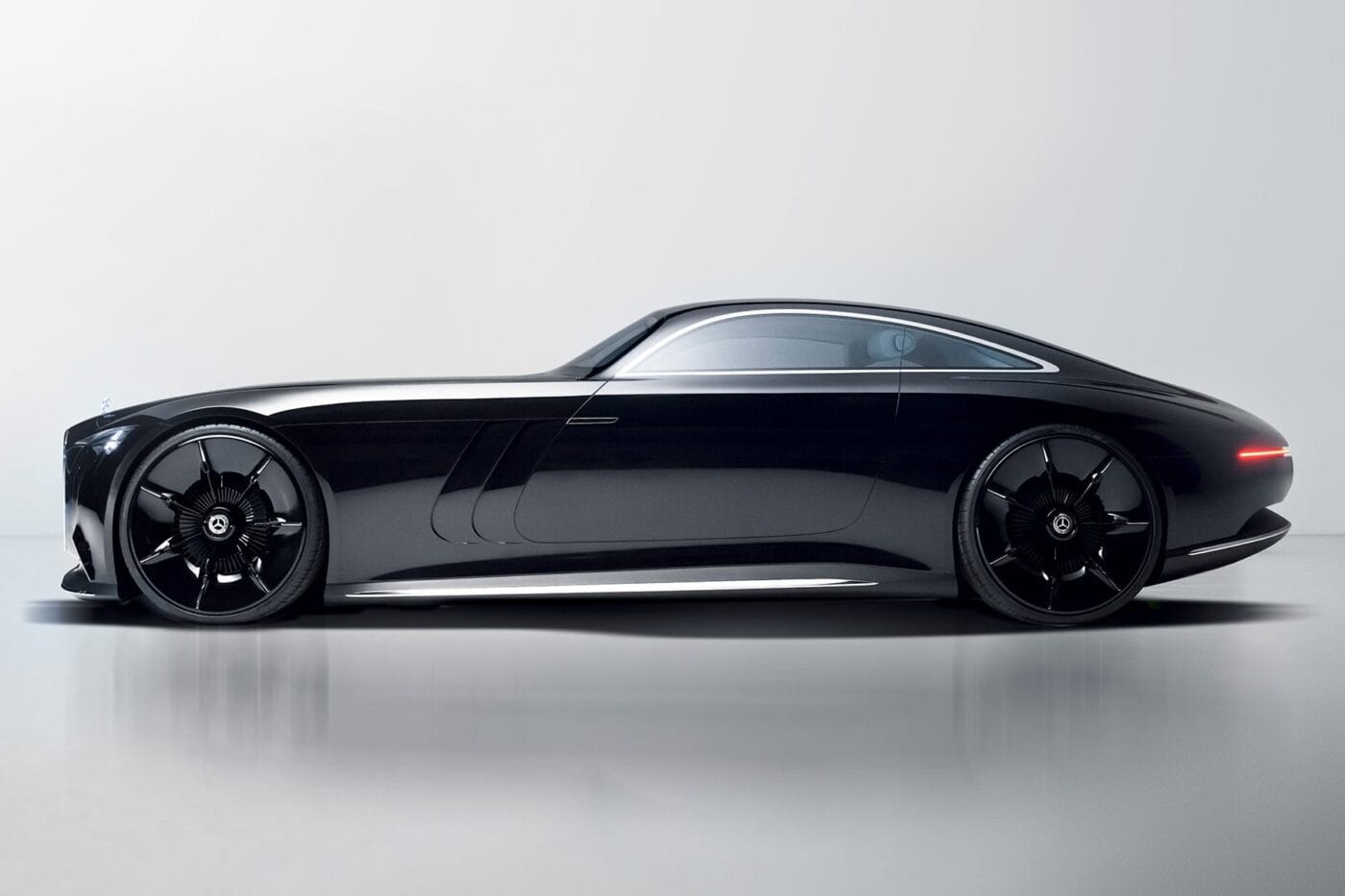
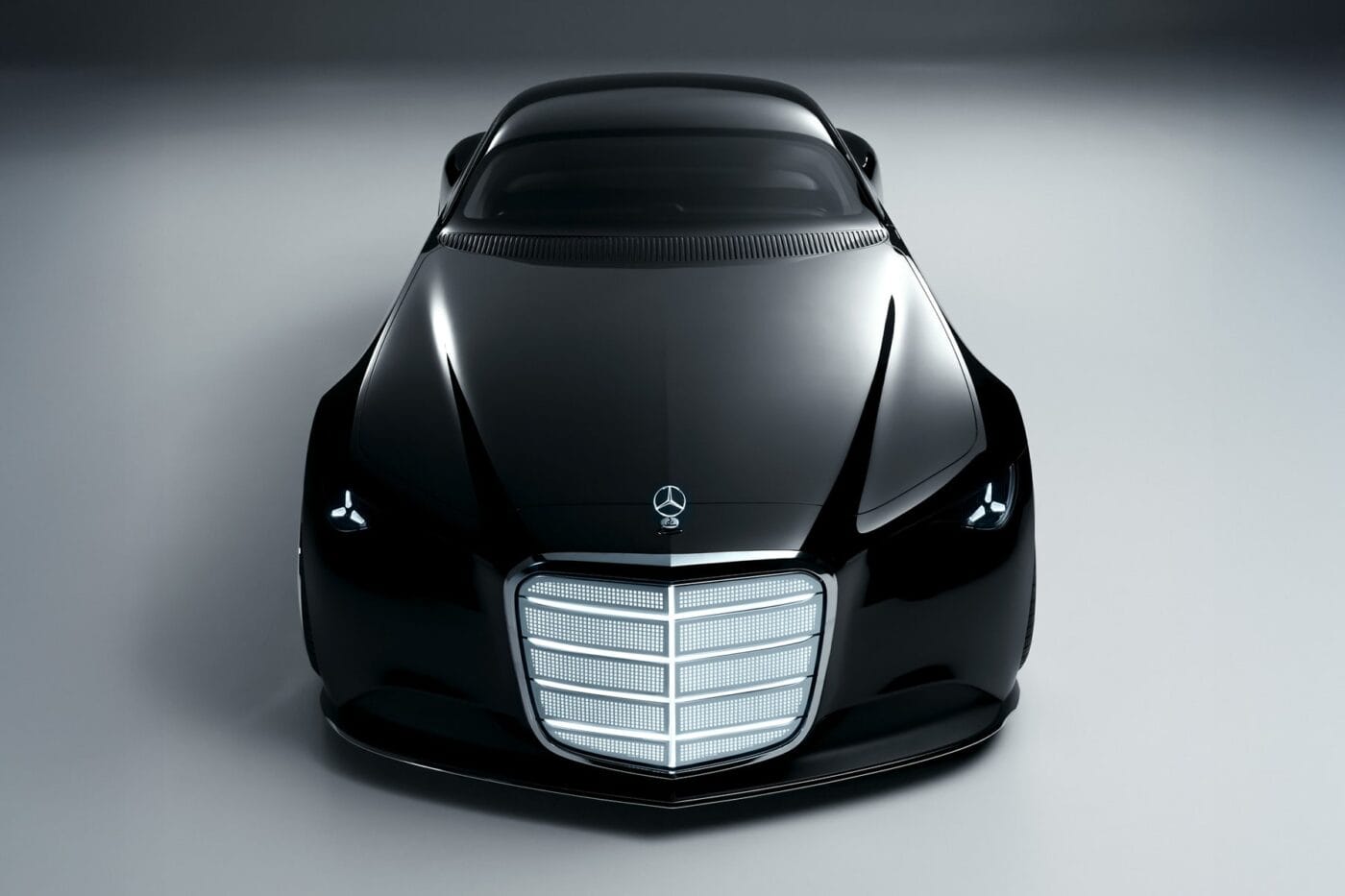
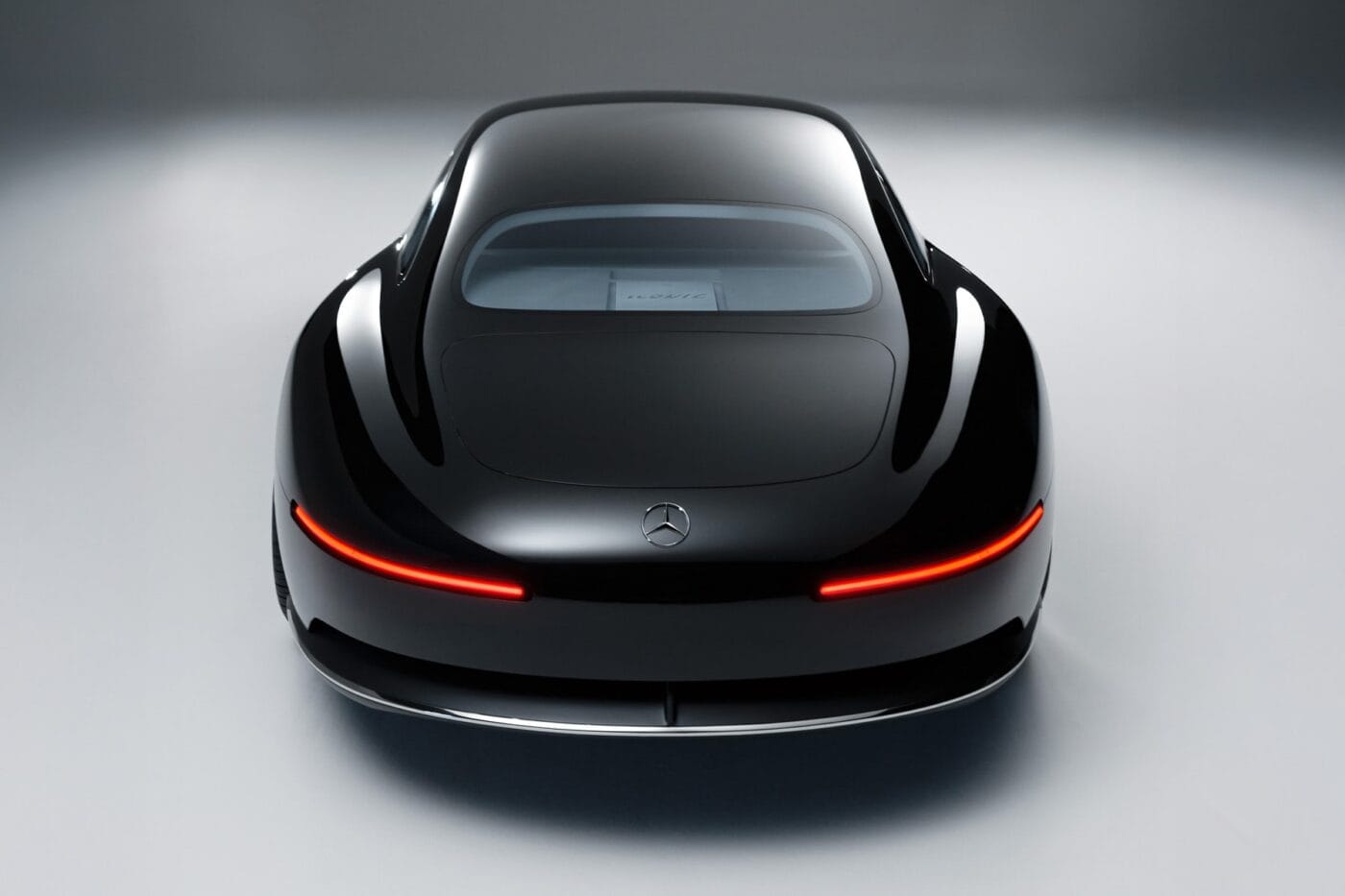
In their search for inspiration, Mercedes designers went back particularly far in the brand’s history this time. More precisely, to the 1930s, which Wagener considers the ‘golden age of automotive design’. With its huge illuminated grille, steep front end and tiny headlights in the shape of Mercedes logos, the Vision Iconic is reminiscent of a futuristic version of Cruella de Vil’s car or the vehicle of one or two Hollywood villains.
However, when viewed in profile, with its elegantly sloping roofline, it becomes clear which historical ancestor was the true inspiration – the streamlined Mercedes 540 K ‘Autobahn Courier’ from 1938. With its narrow rear lights, the rounded rear end is somewhat reminiscent of the Mercedes 300 SL ‘Gullwing’ from the 1950s. The hyperscreen has had its day
The hyperscreen has had its day
A certain Art Deco influence is already apparent from the outside, but the car manufacturer has gone one step further with the interior. The centrepiece is the floating glass dashboard, known as the ‘Zeppelin’. Instead of simply slapping in a huge touchscreen, Mercedes has opted for a combination of analogue and digital elements for the controls. When the driver sits down in the coupé, they are greeted by a completely analogue animation reminiscent of mechanical clocks.
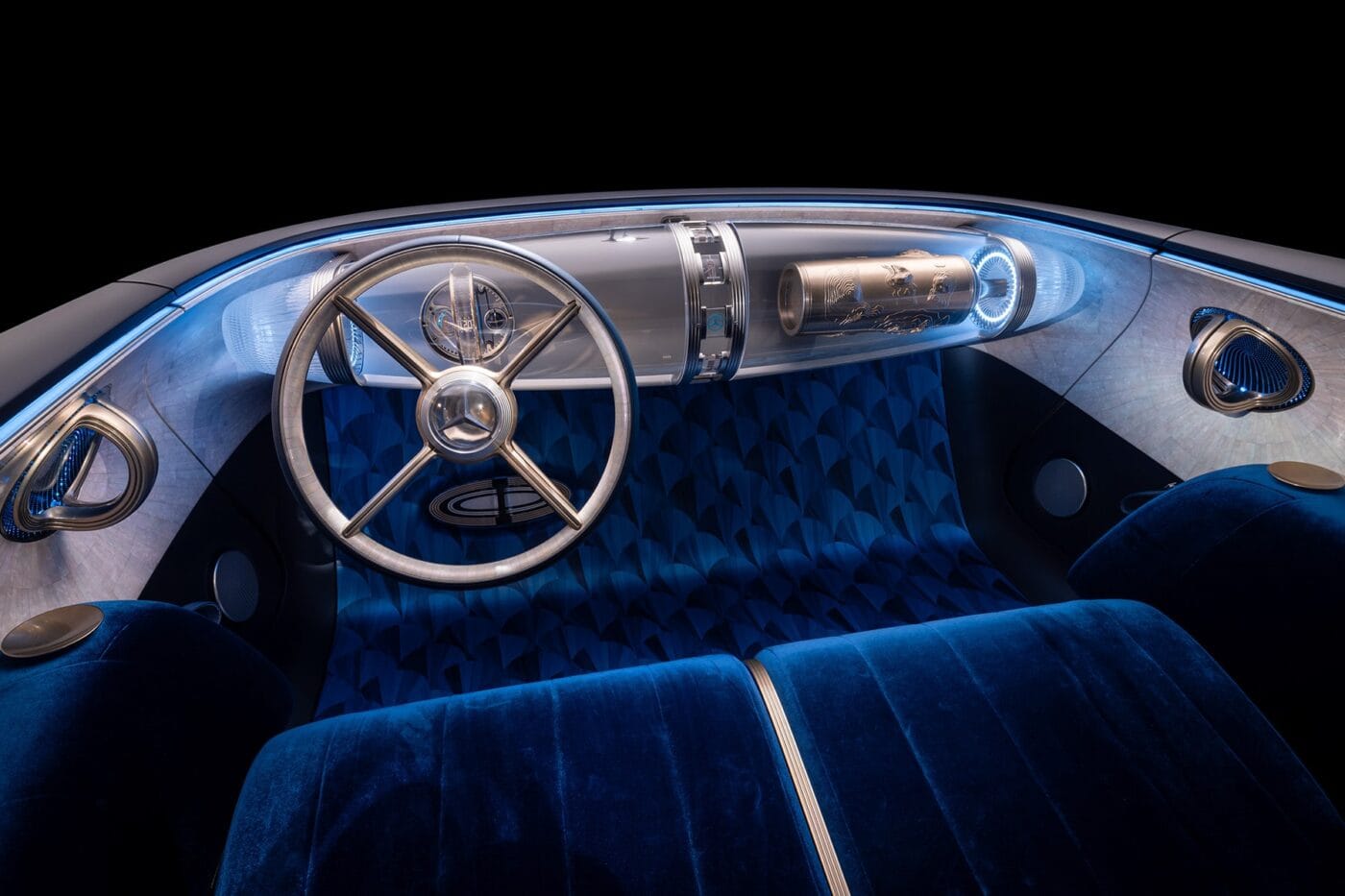
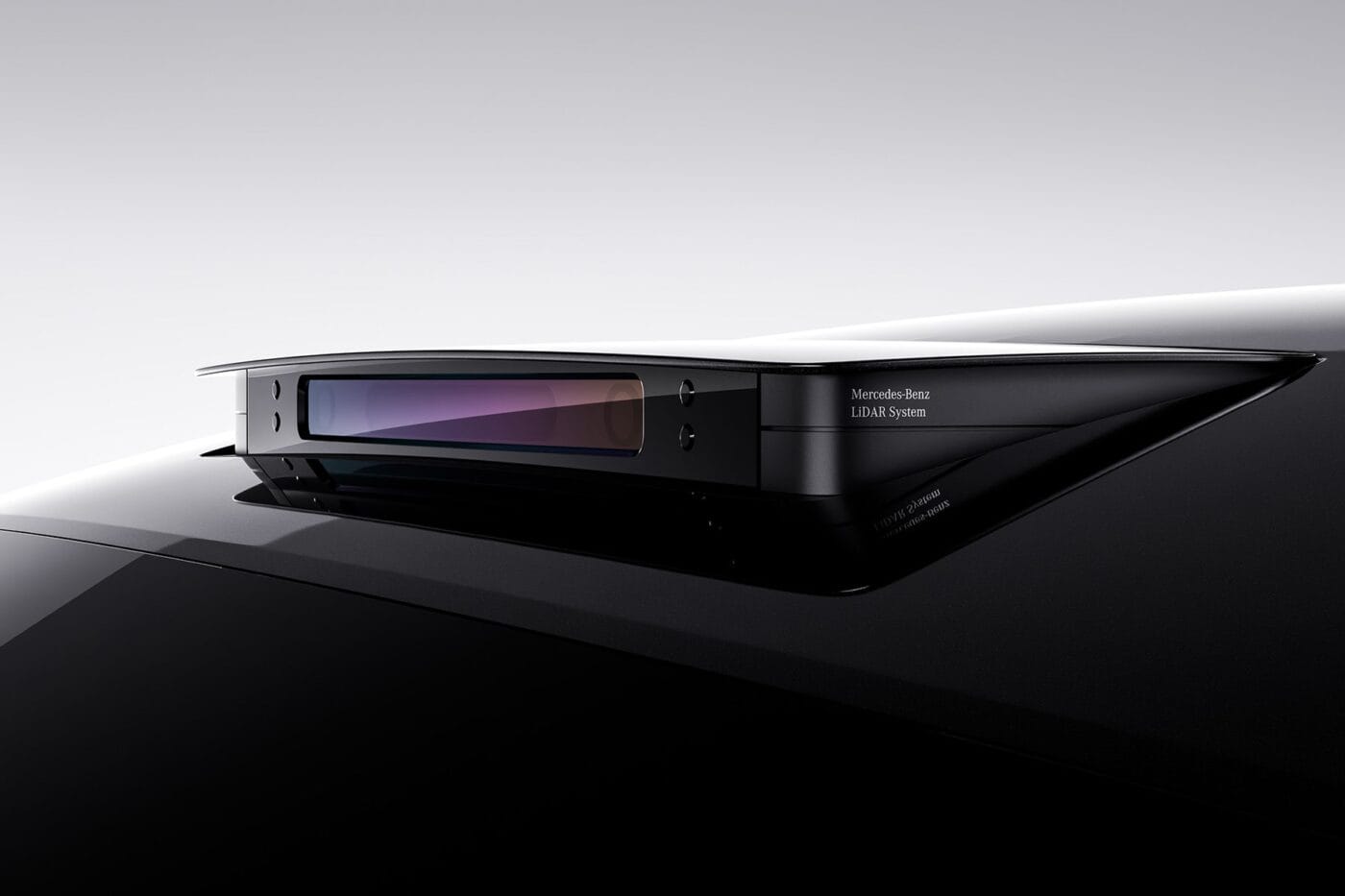
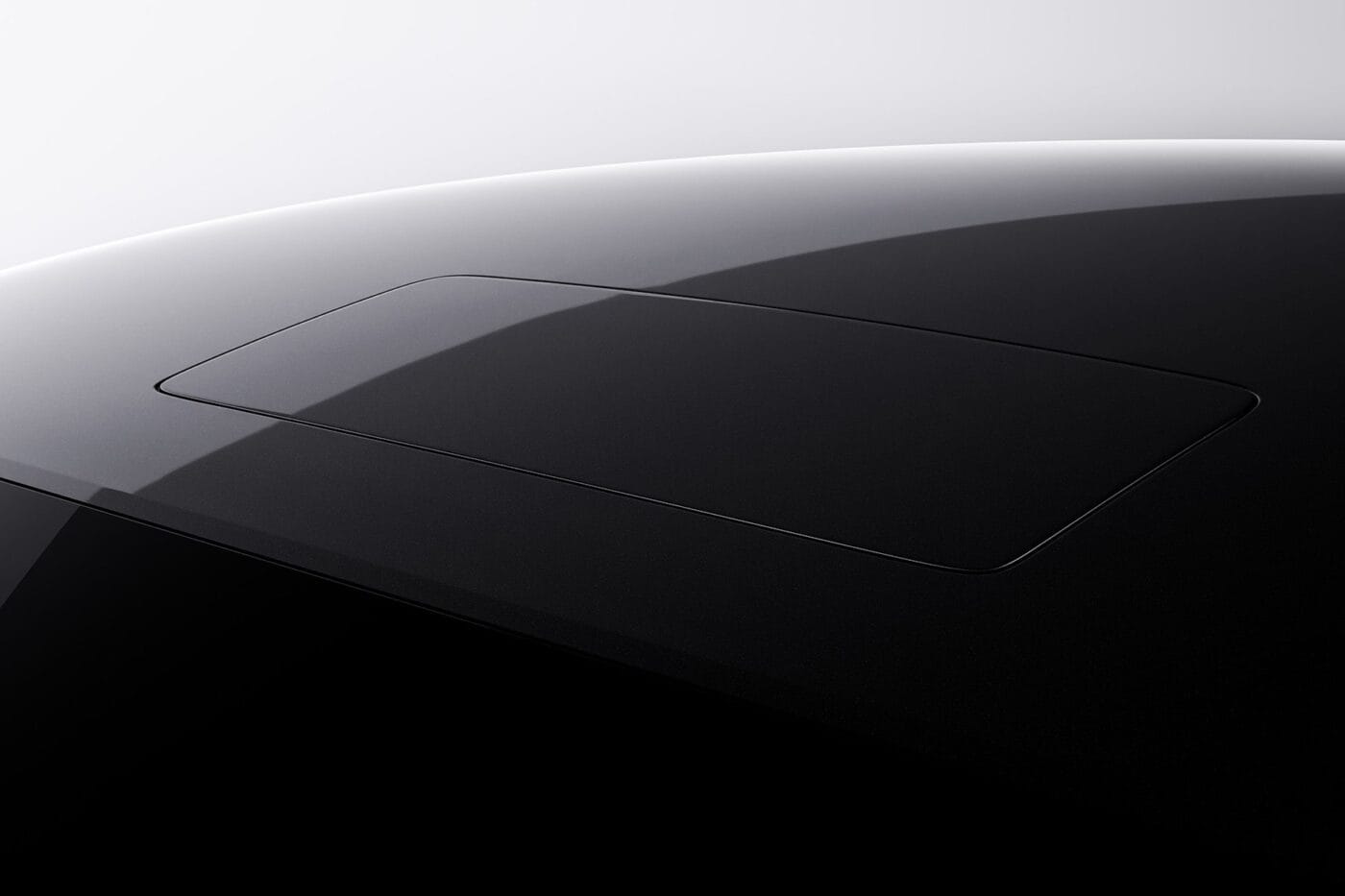
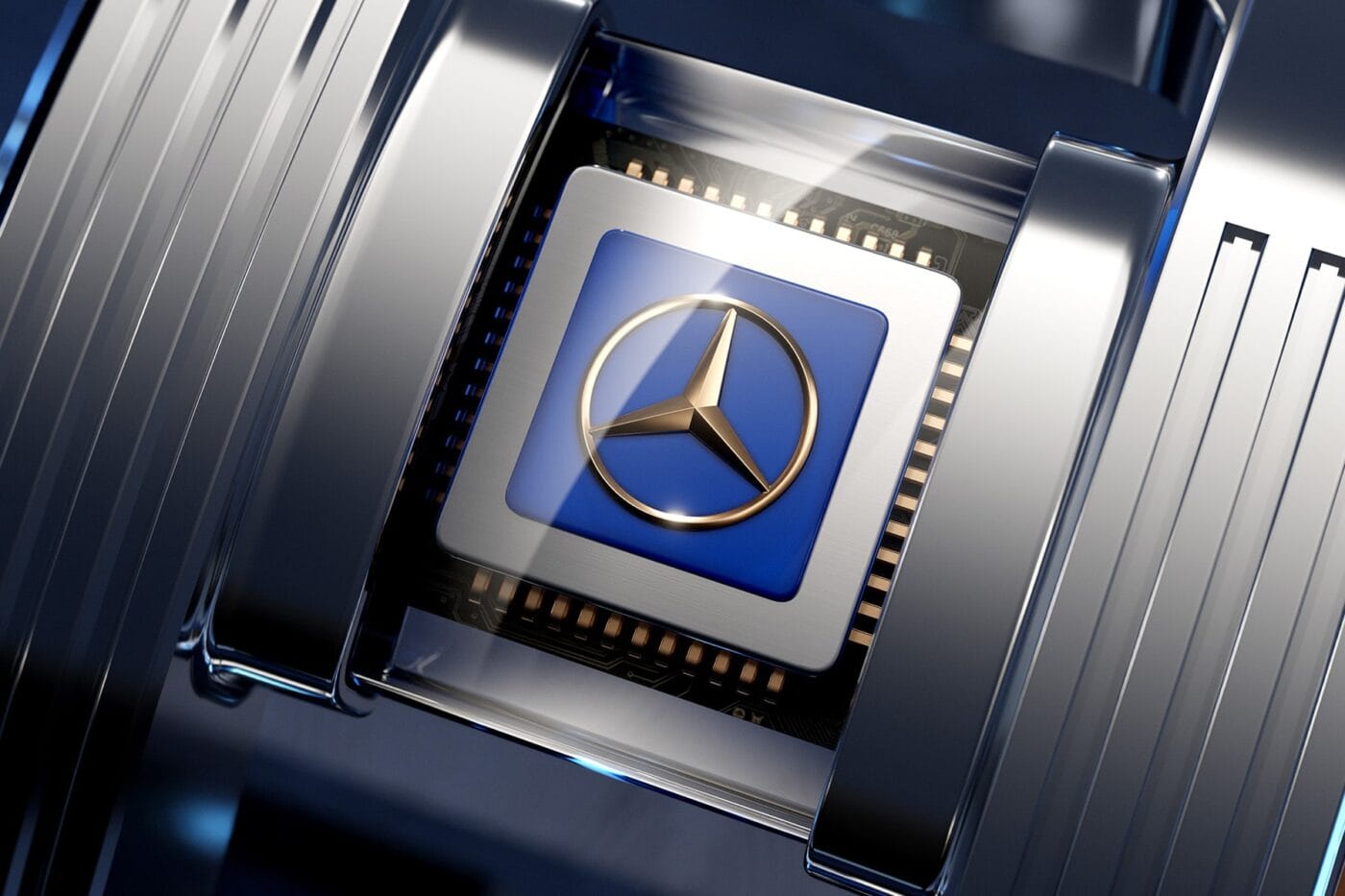
The rest of the interior is also heavily influenced by the craftsmanship of the 1920s and 1930s. The door handles are artfully shaped from brass, while the front of the dashboard features an inlaid mother-of-pearl design. Although Mercedes describes the four-spoke steering wheel as sporty in its press release, from today’s perspective, it is somewhat reminiscent of the wheel of a sailing ship. However, Mercedes was probably referring more to racing cars from the 1930s when it came to the design.
Passengers take their seats on a bench covered in deep blue velvet – another deliberate anachronism intended to evoke the brand’s history. Overall, the interior has a lounge-like character, which also fits in well with the concept car’s technology. If the person behind the wheel doesn’t have to drive, they should be as comfortable as possible. The car manufacturer has not provided any information about the drive, battery or range. The focus of the Vision Iconic is entirely on design.
This article was first published by Elias Holdenried for electrive’s German edition

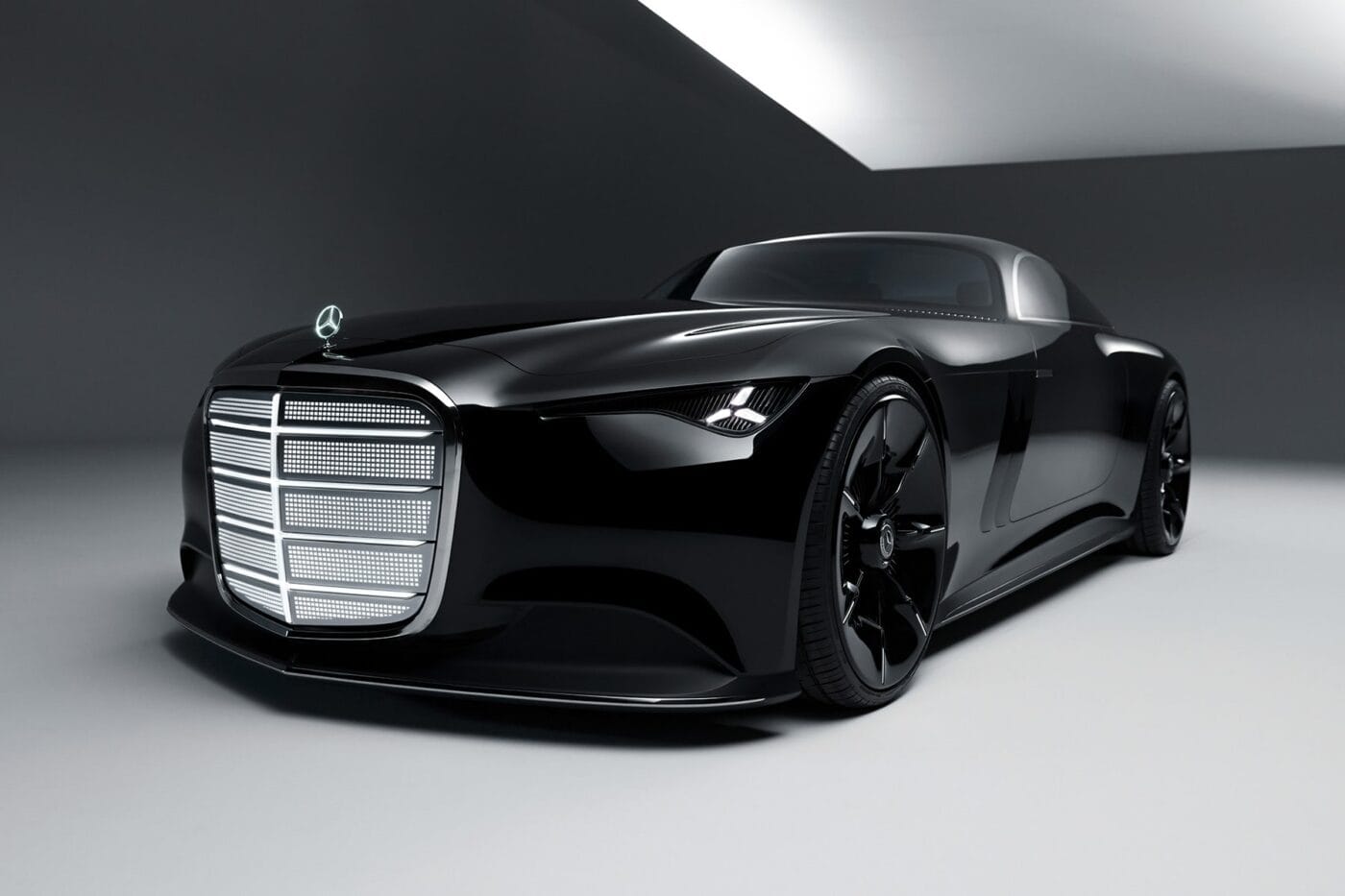
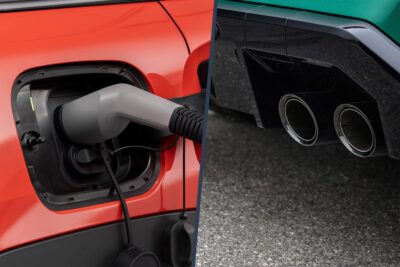
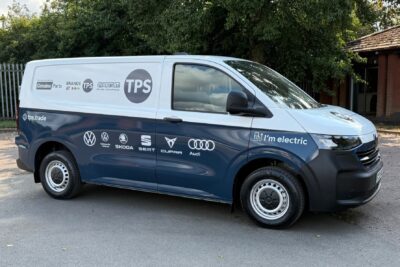

2 Comments